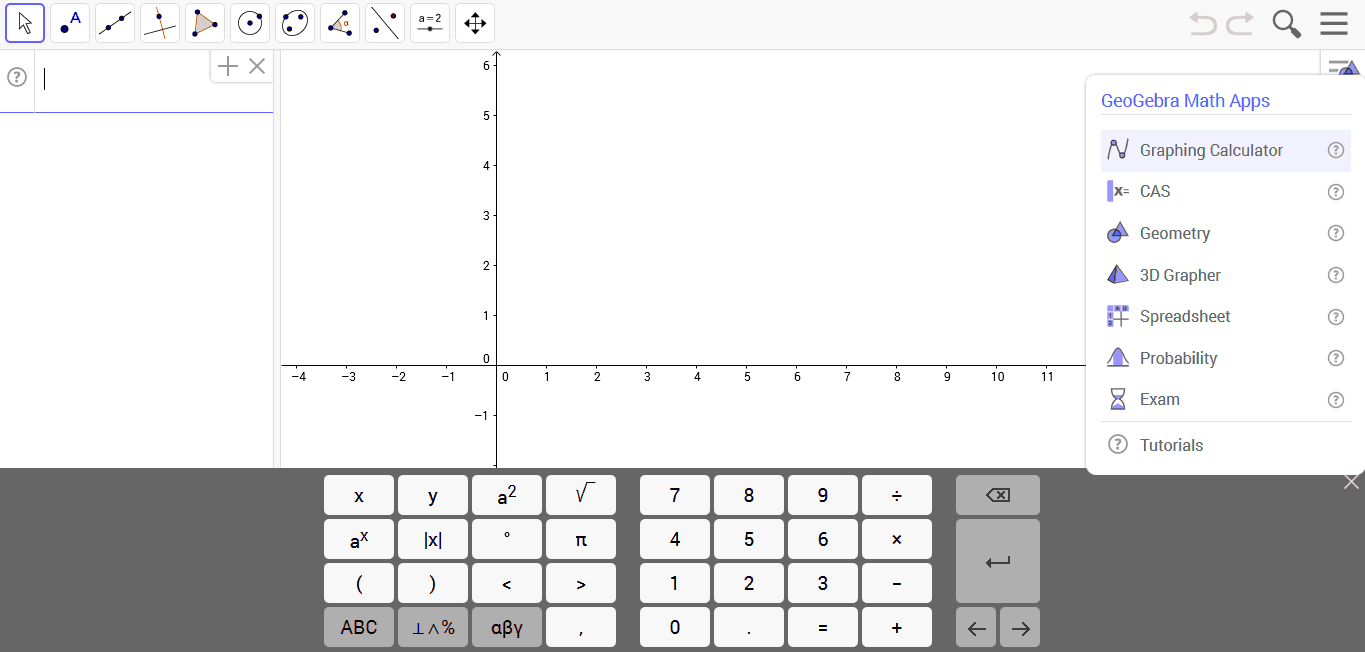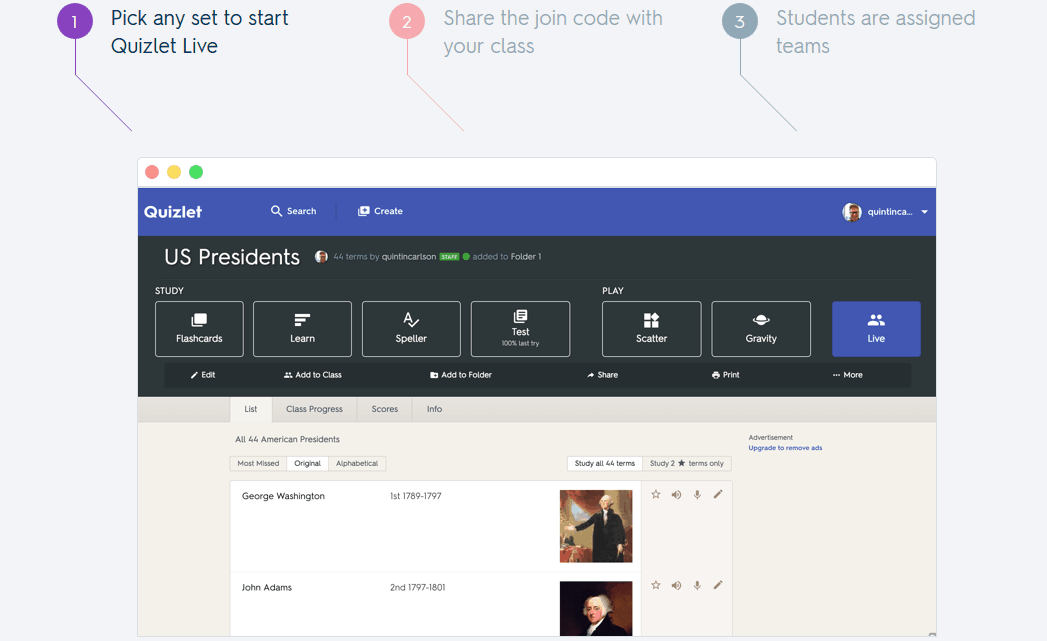“These kids hate math.” As I was working with a struggling teacher this past week, this jarring phrase came out. It is this type of comment that made last Tuesday a two-shower day: I always take one in the morning and then, every so often, I need a second to get rid of the (emotional as well as physical) filth.
In a follow-up conversation, I learned that this particular teacher was having difficulty moving from a sage-on-the-stage mentality (where teachers focus primarily on lecturing and imparting knowledge) to a facilitator of learning. It is this facilitation that not only motivates but also helps all students master challenging standards.
Although I knew that, in the short time I had to work with this educator, I would not be able to solve all of the mathematical woes with which she was struggling, I did know that she was capable and that she could use APPS to help design, develop, and assess learning experiences to redefine her classroom to become a student-centered one focused on the expectations of the Standards.
Before I shared some of my favorite APPS with her, I explained to her that it wasn’t enough for me to just teach her these: she had to learn to fish as well so that she could find her own resources in the future. As we worked together, I shared with her my version of the acronym APPS for technology integration within the classroom: how will an application help students Acquire meaningful content standards; how will an application help students Progress through meaningful feedback; how will an application measure Proficiency of student learning, and how will an application Support the student in learning content.
Using APPS, the five digital tools that I shared with her and will outline below, can redefine a classroom as they can be used to facilitate higher order learning activities that encourage self-directed learning and ongoing assessment. Although this post is tied to math, many of these tools are applicable for usage in all kinds of different content areas. Whether you are tech-savvy or not, all of these free tools are simple to use and require limited know-how. Just in case you want some additional guidance, however, you can find instructions in both written and video form for each of these tech resources at the following link: https://goo.gl/UVv3Ta.
EDpuzzle is a great tool that allows you to help students process content through video. Simply find a Youtube video on a topic of your choice; copy and paste the link into the system, and then embed questions on the video that students answer. The teacher receives responses and then knows where to plan activities to help students improve their mathematical understandings. Students can complete the video task independently or it can be done simultaneously as a whole class.
Here’s one activity you can try with EDpuzzle: Give students a link to an EDpuzzle you have created and have them complete the video activity for homework. Then, in class the next day, create several areas where students can work based on the data you have received. One area might be teacher-based direct instruction for students who are really struggling with the concept; another area might an opportunity to work collaboratively with peers on challenging problems, and a third area might require students to create problems that show depth of understanding. Want to increase the caliber a bit with this tool? You could even have students create an EDpuzzle to share with their peers. This not only ensures creativity, but also gives you a great formative assessment: the questions that students embed into the activity really help reinforce their understanding of various topics and help you, as a classroom teacher, figure out what they understand and don’t.
ActivePrompt is a website that looks like it came from the late 1990s. However, its simplicity and its versatility make it a must-use in the math classroom. Load an image, either a screenshot or one you’ve created, into the system. Give students the link and poll them to see where their thinking is. If, for example, you want students to predict where the y-intercept is on a graph, you could upload an image of the graph, have them drag their dots, and then display the information. You’ll know very quickly who understands and who does not.
No math tech discussion would be complete without mentioning this tool. GeoGebra is an application that helps students understand math concepts by solving problems and checking solutions. (It can be web-based or app-based.) You can use it for everything from statistics to algebra. It creates a visual representation for just about anything you can think of. Use it as a dynamic worksheet where students can complete their own investigation, as a modeling tool to aid in direct instruction, or even as an authoring tool to create interactive materials for students to explore.
Quizlet is a study tool system designed to practice vocabulary, but it can also be used to help students practice fluency. Released in April of 2016, the new Quizlet Live upped the ante and has students compete against other teams to show their knowledge of terms. While it can be used to develop students’ math vocabulary, teachers can also load problems into the system and have students compete to solve them. (This is a great interactive way to help students work on mathematical fluency at the elementary grades.)
Here’s how it works: you’ll first creates a new Quizlet deck–in one column, type the problem and then, in the second, place the answer. Click Quizlet Live when you are ready to play and give students the game PIN. Students will be placed on random teams: everybody gets the same question, but amongst the team there is only one correct answer. The team has to communicate in order to solve the problems appropriately without making a mistake, or be forced to go back to Start on the game board. Great for fluency as well as determining what types of problems students are struggling with as at the end of the game, Quizlet Live allows you to see commonly confused items that you can then review as a class.
These APPS really take learning to the next level—they transform classrooms into student-centered ones where all students can experience success. Remember my struggling math teacher from the beginning of this post? Three days after working with her, I received the following e-mail: “Dear Bryan, It worked. They got the math, and they thought it was fun.”
Through the use of APPS, I know that you, like this teacher, will be able to motivate your students and create that student-centered classroom that is key to all students mastering standards.





















When I try to check out Recap, I’m taken to Synth. Are they one and the same?
I don’t believe so. This looks like a different product than the author described. Perhaps they were taken over and the product was changed. I’ll ask Bryan (the author of the blog post) if he has more information.
Hi Deidre,
I was able to connect with Bryan and he said unfortunately Recap went offline June 1. Sorry for the inconvenience. We’ll remove the resource from the blog post–appreciate you flagging it!